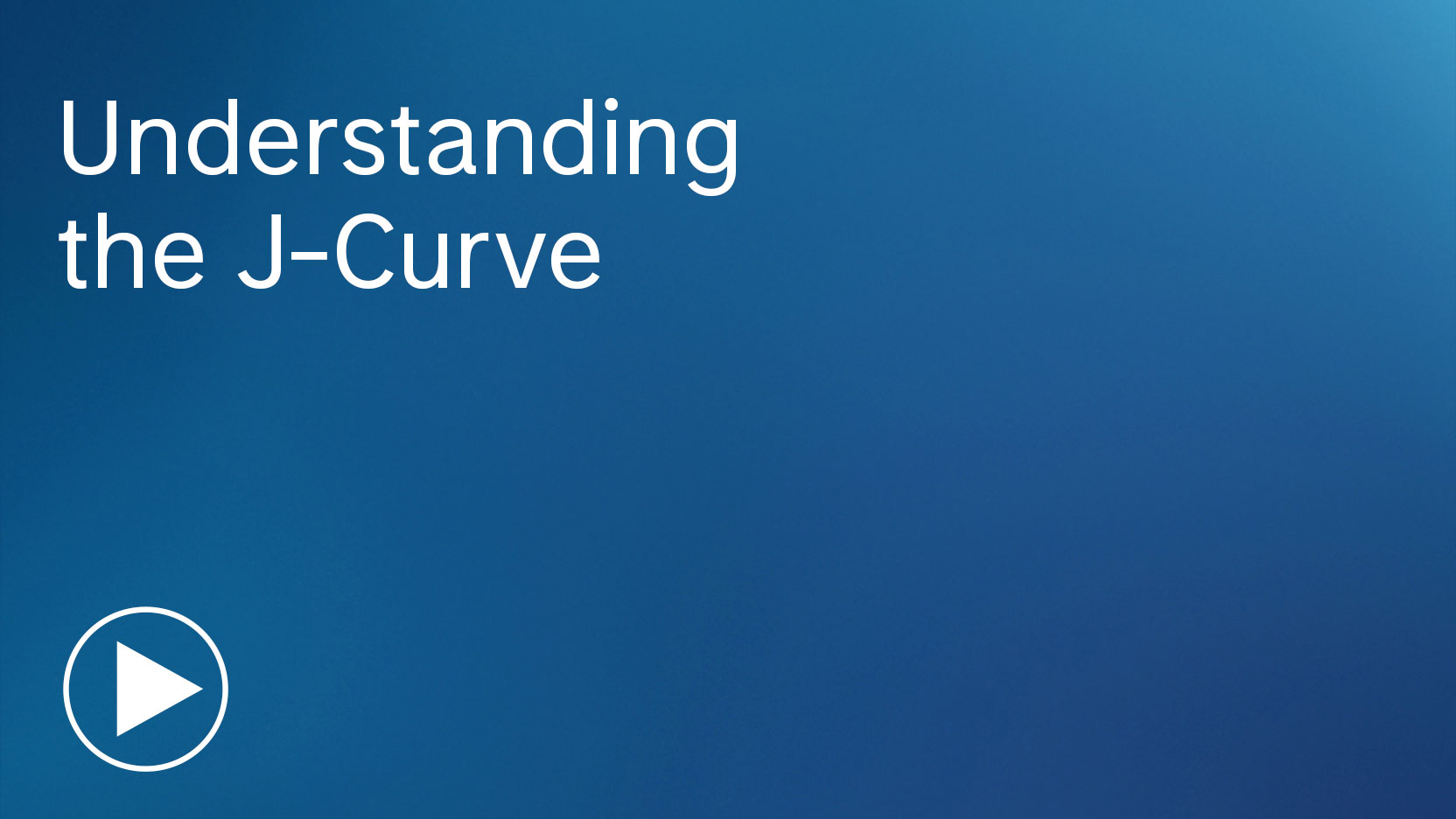
Transcript
Hedge funds are investment funds that have requested a private placement exemption from the Investment Company Act of 1940. The ‘40 Act regulates all funds that are distributed to retail investors in the US, and there are very specific rules that go into the ‘40 Act funds. Funds compliant with the ’40 Act are required to provide a daily net asset value, regular liquidity and transparency, and have an exposure of 15% or less to illiquid investments. Asymmetric performance fees are prohibited, and borrowing and leverage are limited. In addition, ’40 Act funds are required to have a public prospectus and a board of directors.
The Investment Company Act of 1940 has private placement exemptions under Section 3(c)(1) for accredited investors and under Section 3(c)7 for qualified purchasers. The SEC defines an accredited investor as someone who has a net worth of one million dollars or more, excluding their primary residence, or they have $200,000 in annual personal income, or $300,000 in annual family income, or they’re a knowledgeable fund employee or a FINRA registered rep. A qualified purchaser has over $5 million in investments excluding their primary residence.
Most hedge funds and private equity funds are organized under a private placement exemption, which requires that the fund is exclusively sold to accredited investors and qualified purchasers. Funds organized under a private placement exemption have fewer regulations than those organized under the ’40 Act, which allows them to invest in illiquid investments without requiring transparency and liquidity, while not having limits on leverage or short selling. Hedge funds typically offer monthly net asset values and monthly or quarterly liquidity.
Fee structures differ between public funds and private funds. While public funds typically charge a management fee of 100 basis points or less, hedge funds charge fees such as 1 and 10 or 2 and 20. This is an annual management fee of 1% to 2% in addition to incentive fees of between 10% and 20% of profits. While private equity funds tend to charge incentive fees based on realized gains, hedge funds charge incentive fees on an annual basis on both the realized and the unrealized gains.
Most hedge funds invest in stocks and bonds, such as long/short equity or fixed income arbitrage. Stock and bond funds are typically fully invested and only hold long positions. Hedge funds modify risk and return profiles by leverage, derivatives, short selling, and the ability to have net market exposures far from fully invested.
By their nature, hedge funds are not designed to outperform an equity market index during a bull market. That is, hedge funds tend to underperform stocks in a bull market, while outperforming stocks in a bear market. The goal of investing in hedge funds is to have a return higher than bonds over a full market cycle, volatility less than equities over the full market cycle, and to be able to be defensive during times of equity market declines. We might be tempted to benchmark our hedge fund portfolio to a long-only benchmark, like the S&P 500, but we don’t want to do that because hedge fund strategies have very different risk and return trade-offs than the stock and bond market.
There are four primary hedge fund strategies: long-short equity, relative value, event-driven, and macro/managed futures. While most hedge funds primarily invest in just one of these strategies, funds of funds and multi-strategy funds diversify across all four strategies.
Long/short equity is the most popular strategy, whether measured by assets under management or the number of funds. These managers need to have skill in short selling stocks, which is very different than managing a long-only equity portfolio.
The typical long-short equity fund has 100% of client capital allocated to long equity positions that are expected to outperform and a 50% allocation to short sales of stocks that are expected to underperform. While the average fund has a net long exposure of about 50% to the equity market, investors are allocating 150% of capital to the manager’s stock selection skill.
Equity market-neutral funds average 100% long and 100% short, aiming to have a zero beta to the underlying equity market, with 200% of capital invested in the manager’s stock selection skill.
Relative value strategies earn profits from convergence in valuations between related securities. Strategies include convertible bond arbitrage, fixed income arbitrage, and mortgage-backed fund arbitrage. These strategies tend to earn their best performance during times of low-to-average volatility in equity markets and credit spreads. These strategies are long positions in securities that the hedge fund manager believes to be undervalued and short positions in those believed to be overvalued.
When credit spreads are relatively wide and expected to decline, a relative value manager will take long positions in corporate bonds or mortgage-backed securities while selling short Treasuries of similar duration. This spread trade seeks to minimize exposure to interest rate duration, while profiting from the expected convergence in credit spreads. These trades typically earn positive carry, which is often magnified through leverage.
While relative value strategies are predominantly implemented in fixed income, event-driven strategies typically hold mostly equity securities. Event-driven strategies are focused on changes in the capital structure of a company. Event-driven strategies include merger arbitrage, distressed, spinoffs, and emergence from bankruptcy. These funds ideally profit when the anticipated events take place at the predicted timing, but can incur losses when the event doesn’t happen as anticipated.
After a sharp rise in the price of a target firm when the merger is announced, the stock typically remains below the final merger price for some period of time. A merger arbitrage trade takes a long position in the merger target and a short position in the acquiring firm, seeking to profit from the uncertainty surrounding the completion of the transaction.
Merger arbitrage hedge funds might be able to profit 5%, 10%, or 20% on the stock price over a period of three months, six months, 12 months, or an even longer time that it takes for the two companies to merge and change their capital structures. If the merger is not completed, perhaps after being denied by antitrust authorities, the merger arbitrage fund is likely to experience losses.
Distressed funds purchase the bonds and loans of companies that may be in default or have declared bankruptcy. These bonds and loans may be undervalued, as regulated investors such as pensions or insurance companies might not be allowed to hold them. Hedge funds seek to buy the debt at a discount to the recovery value earned at the end of the bankruptcy process. Buying these bonds at 30% of face value can be profitable if the recovery value reaches 50% or 60% of face value at the end of the one to two-year bankruptcy process.
Macro and managed futures funds don’t often trade individual securities but focus on futures markets for equity indices, sovereign debt, currency markets, and commodities such as energy, metals, and food products.
These macro trades are placed on a futures exchange, which minimizes credit risk and counterparty risk. Reducing counterparty risk is important, as the role of macro and managed futures is to serve as a crisis hedge in a portfolio. Futures markets also tend to have greater liquidity during times of market crises than during times of lower volatility. Macro funds and managed futures funds may have very little return during times when the market is quiet, but have their greatest returns during times when there are large moves. These strategies tend to do best in markets with strong positive or strong negative returns but offer low returns in directionless markets.
Macro and managed futures funds tend to trade the same types of futures contracts. However, macro funds tend to be more concentrated and more discretionary. Discretionary macro managers need to be experts in monetary and fiscal policy and global money flows. They tend to perform well when fixed-rate currencies transition to floating-rate currencies, when Central Banks are changing rates, or when yield curves are steepening or flattening. Macro managers tend to be anticipatory and relatively concentrated in their predictions for the markets.
Managed futures funds, however, tactically allocate in reaction to market trends. Managed futures funds are also called CTAs, Commodity Trading Advisors, or trend followers. In many cases, managed futures funds are built to algorithmically take advantage of the 50-year history of financial and commodity futures markets. The computer detects the trend, analyzes the trend, and takes advantage of it. If it determines that a market is in a rising trend, they’ll take a long position. When the market’s in a declining trend, they’ll take a short position. Over time, they tend not to have a long or short bias to any market. If the market is trending lower, they like to be short. When the market is trending higher, they like to be long. Managed futures funds had a positive return of 18% in 2008, and a positive return of 11% in 2022.
Rather than investing in a single hedge fund strategy, investors can diversify their hedge fund allocation across macro/CTA, event-driven, relative-value, and equity strategies in a multi-strategy fund or a fund of funds.
A multi-strategy fund diversifies the risk of single hedge fund strategies, but maintains the risk of a single hedge fund management team. A multi-strategy fund is typically offered by a very large bank or hedge fund that hires a team of investors across the macro, event-driven, relative value, and long-short equity strategies.
A fund of funds also invests across hedge fund strategies. While a single firm manages a multi-strategy fund, funds of funds invest across a number of hedge fund management companies. The fund of funds provides both manager and strategy diversification, but likely charges higher fees than a multi-strategy fund. In addition to paying a fee to the fund of funds manager, investors must also take netting risk. While the multi-strategy fund may charge 2 and 20 on the net return across all strategies, the fund of funds will have to pay fees to the underlying managers, maybe 2 and 20, without an offset for funds with negative returns.
In this video, we explore the investment case for hedge funds. We highlight how hedge funds can deliver attractive risk-adjusted returns, downside protection, and diversification beyond traditional stock and bond portfolios. With low correlation to long-only equity markets and the flexibility to use strategies like short selling, leverage, and derivatives, hedge funds offer unique return profiles across market cycles.







